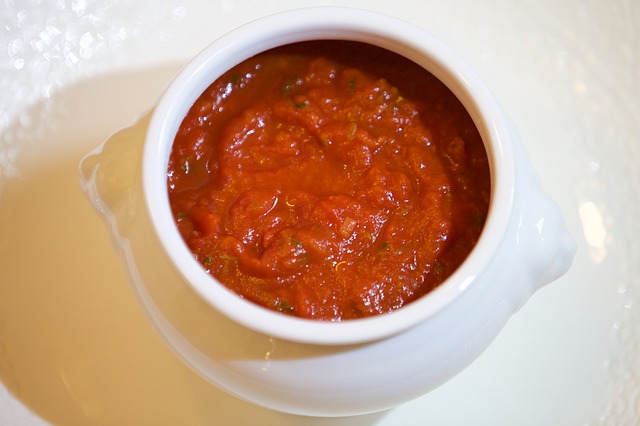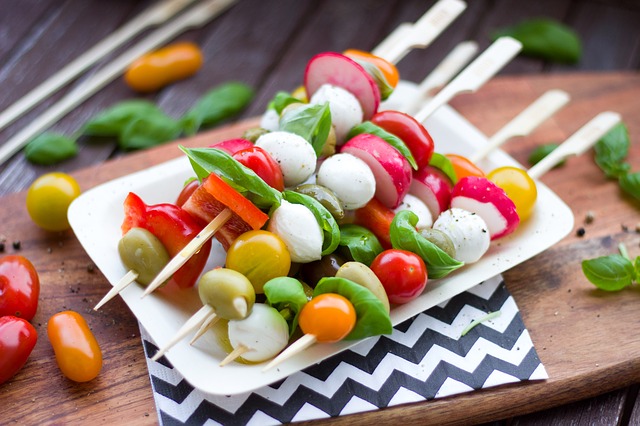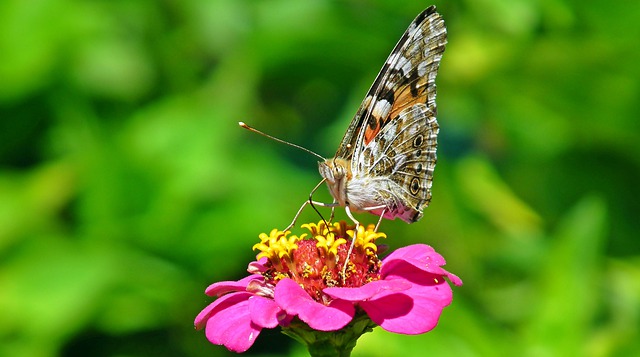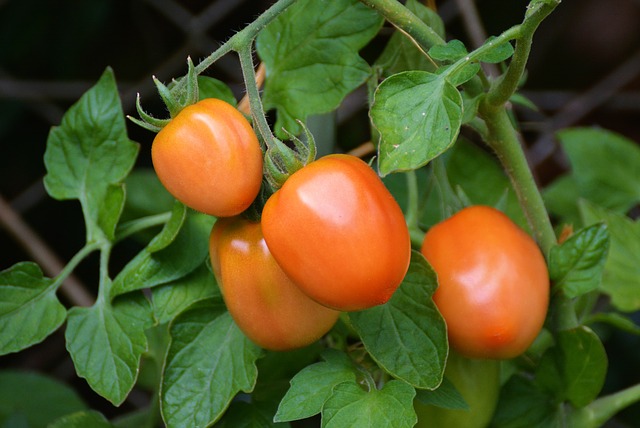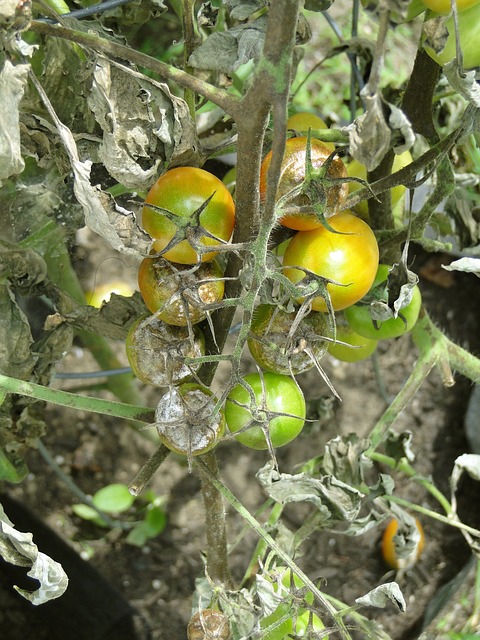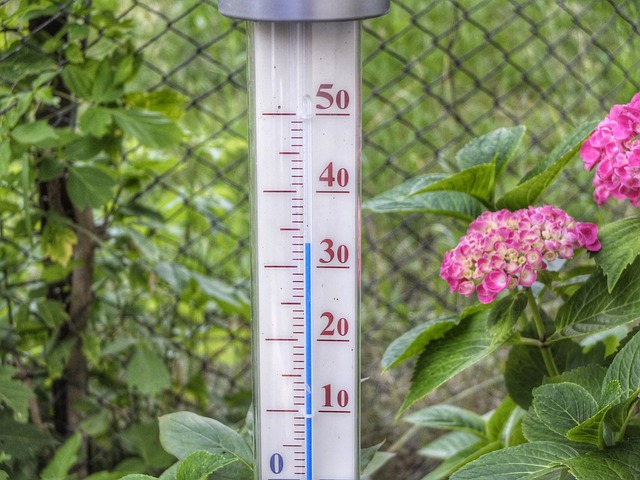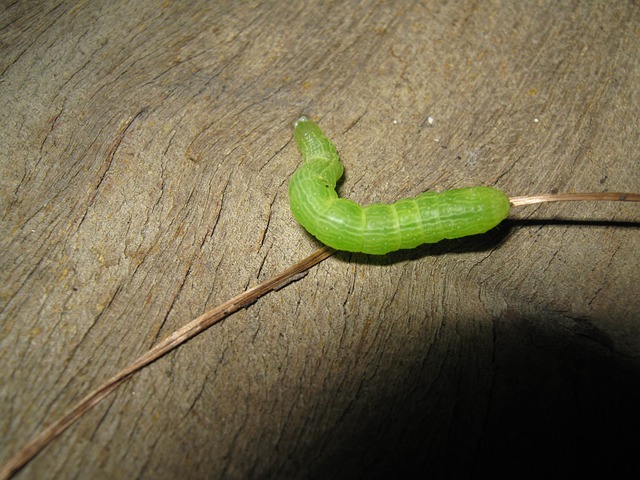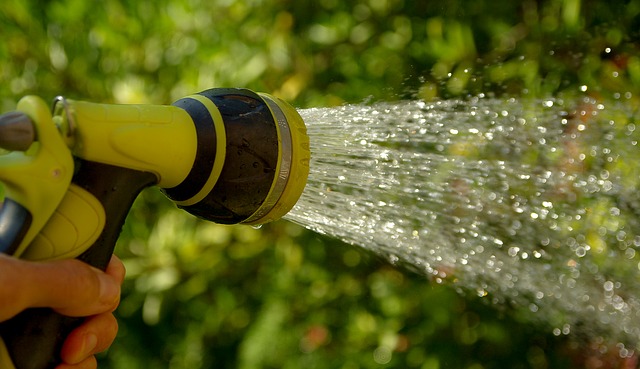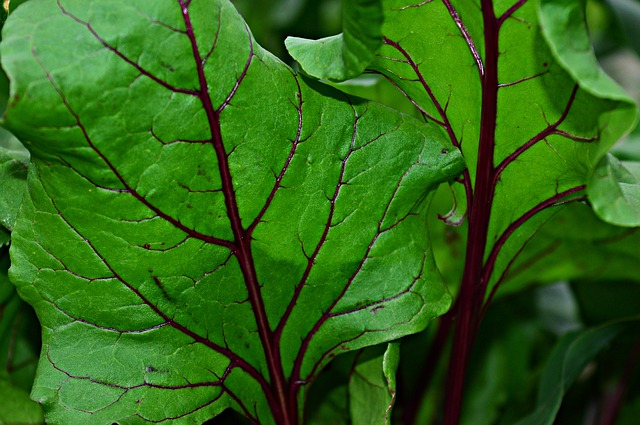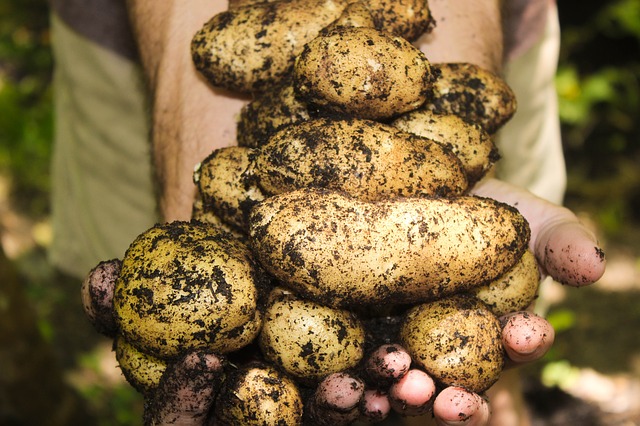I’ll say it loud and clear, I love the idea of canning, but I hate going through the process. It’s long and tedious. I’m always left feeling paranoid that I’ve done something wildly wrong, which will leave me with botulism infested jars. It’s one of the reasons I’m partial to quick-pickling and other easy preservation…
Uncategorized
Cooking on the Cheap: Snacking from Your Garden
Believe it or not, for me, one of the toughest parts about gardening is figuring out how to utilize the harvest. Often, I find myself sharing the abundance with others because I can’t handle it all. When the determinate tomatoes set their fruit all at once, I’m overwhelmed by what to do with them all….
4 Reasons to Plant Flowers in and Around Your Vegetable Garden
For a long time, I thought planting flowers was a pointless and frivolous gardening activity. Sure, they looked nice, but I was much more interested in growing food. Being able to grow frequently eaten foods such as lettuce, tomatoes, and arugula, meant that my grocery bills were lower, and I was even able to share…
The No-Cost Way to Increased Tomato Yields: Pruning
Hi, everyone! Apologies for the late posting. I’ve known what I wanted to talk about this week for a while, but honestly, it’s tough to explain it well without a visual aid. Pruning tomatoes is one of the tasks that I either excel at or fail miserably to keep up with. I’m either diligent in…
Dealing with Tomato Blight
I find it incredible that my garden can handle such intense weather variations. One week it’s boiling outside, the next the temperature drops to a balmy 10 degrees celsius overnight. I’m grateful for the respite from the heat, but cooler, wet weather brings along a whole other set of problems, including tomato blight. What is…
Gardening During a Heatwave
We’re currently experiencing another heatwave where I’m located and boy oh boy does it ever make gardening a real chore. I’m incredibly thankful that our home is equipped with A/C, but when the temperature reaches over 100 degrees Fahrenheit, I hate going outside even if I can cool down when I return inside. We aren’t…
2 Important Recent Gardening Mistakes: Lessons to Share
I made two serious gardening mistakes this season that I think are worth sharing with you all. One was a mistake that I shouldn’t have made and another a simple error with significant consequences. This summer has been tough for gardening. Things are growing, but the numerous heat waves have caused plants to struggle. Even the ones…
Watering Tips to Avoid Waste & Unhappy Plants
Think about the last time you were severely dehydrated. You probably felt sluggish. Maybe you also had a pounding headache. Overall, it’s not a fun experience. A garden probably feels the same way when it lacks water. Like humans, plants need H2O to survive and can’t live long without hydration. Over the years, I’ve learned…
3 Vegetables You Can Use from Top to Bottom
Avoiding waste at all costs is extremely important to me as a frugal gardener. Throwing away parts of a plant that I might be able to use is akin to throwing money in the trash! Now is the time of year where I’m in full harvest mode. I also receive a weekly CSA farm basket…
Knowing When to Harvest Garlic and Potatoes
I love this time of year! It’s truly when the garden looks best. Everything is bright green, there are pops of color here and there, and I’m harvesting things consistently. It feels like the garden is alive. Harvesting kale and other greens is a breeze. I can easily spot when a tomato is ripe for the…
